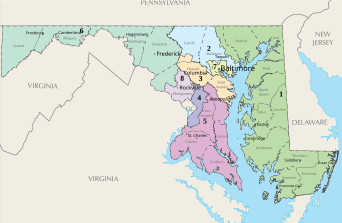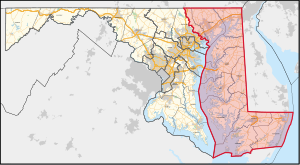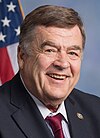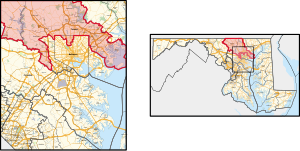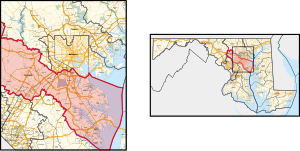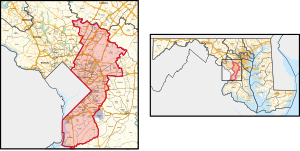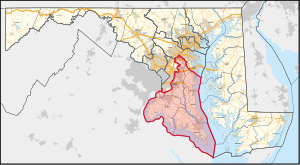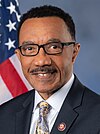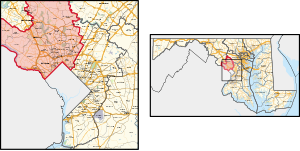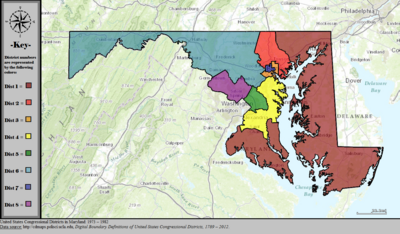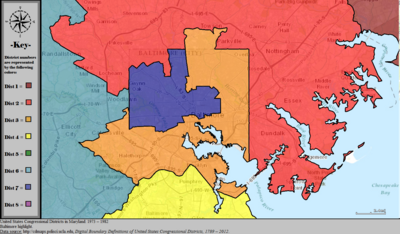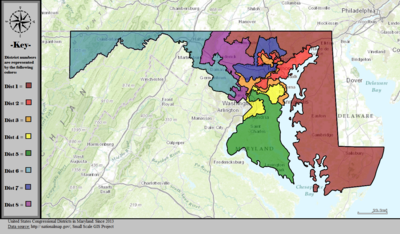Since Arizona became a U.S. state in 1912, it has sent congressional delegations to the United States Senate and United States House of Representatives. Each state elects two senators to serve for six years, and members of the House to two-year terms. Before becoming a state, the Arizona Territory elected a non-voting delegate at-large to Congress from 1864 to 1912.

These are tables of congressional delegations from the State of Texas to the United States Senate and United States House of Representatives.

These are tables of congressional delegations from Ohio to the United States House of Representatives and the United States Senate.
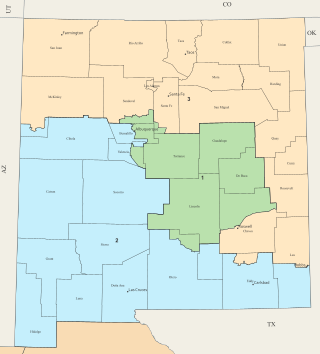
These are tables of congressional delegations from New Mexico to the United States House of Representatives and the United States Senate.

These are tables of congressional delegations from Nebraska to the United States House of Representatives and the United States Senate.
Since Iowa became a U.S. state in 1846, it has sent congressional delegations to the United States Senate and United States House of Representatives. Each state elects two senators to serve for six years, and members of the House to two-year terms. Before becoming a state, the Iowa Territory elected a non-voting delegate at-large to Congress from 1838 to 1846.
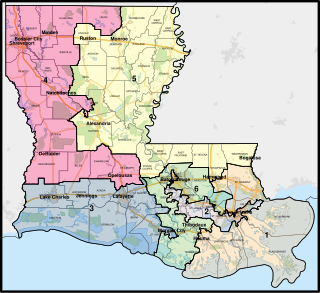
These are tables of congressional delegations from Louisiana to the United States House of Representatives and the United States Senate.

These are tables of congressional delegations from Maryland in the United States House of Representatives and the United States Senate.

These are tables of congressional delegations from Michigan to the United States House of Representatives and the United States Senate.

These are tables of congressional delegations from Mississippi to the United States House of Representatives and the United States Senate.

Kansas is divided into 4 congressional districts, each represented by a member of the United States House of Representatives. The number of districts in Kansas remained unchanged after the 2010 census. Historically, the state has held as many as eight seats (1893–1933). The number of congressional seats decreased from five to four following the 1990 census. Between 1990 and 2000, the population of Kansas grew by 8.5% from 2,477,574 to 2,688,418, making it the 32nd most populated state; all four congressional seats were retained.
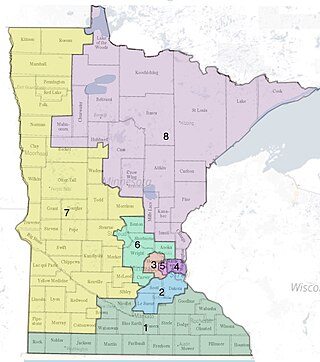
Minnesota is currently divided into eight congressional districts, each represented by a member of the United States House of Representatives. After the 2020 census, the number of Minnesota's seats remained unchanged.

Nebraska has three congressional districts due to its population, each of which elects a member to the United States House of Representatives.

As of the 2010 census, there are five United States congressional districts in Oklahoma. It was one of the states that was able to keep the same number of congressional districts from the previous census. Following the 2018 elections, a Democratic challenger ousted a Republican incumbent, changing the congressional delegation to a 4-1 Republican majority. The Republicans regained the seat in 2020 when Stephanie Bice defeated Horn.

Wisconsin is currently divided into 8 congressional districts, each represented by a member of the United States House of Representatives. After the 2020 census, the number of Wisconsin's seats remained unchanged.

Florida is divided into 28 congressional districts, each represented by a member of the United States House of Representatives. After the 2020 census, the number of Florida's seats was increased from 27 to 28, due to the state's increase in population, and subsequent reapportionment in 2022.
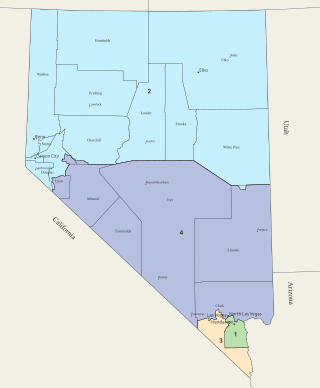
Nevada is divided into four congressional districts, each represented by a member of the United States House of Representatives. After the 2010 census, Nevada gained a fourth House seat.
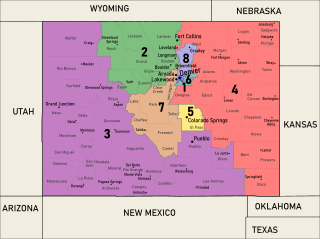
Colorado is divided into eight congressional districts, each represented by a member of the United States House of Representatives.

Mississippi is currently divided into four congressional districts, each represented by a member of the United States House of Representatives. After the 2020 census, the number of Mississippi's seats remained unchanged.

Iowa is divided into four congressional districts, each represented by a member of the United States House of Representatives. The state's congressional map is roughly divided by quadrants in the northeast, northwest, southeast, and southwest sections of Iowa.
